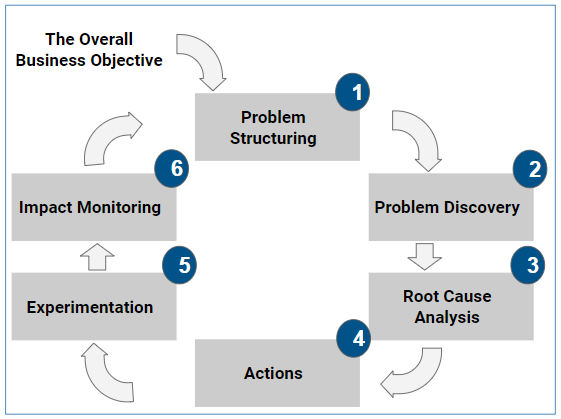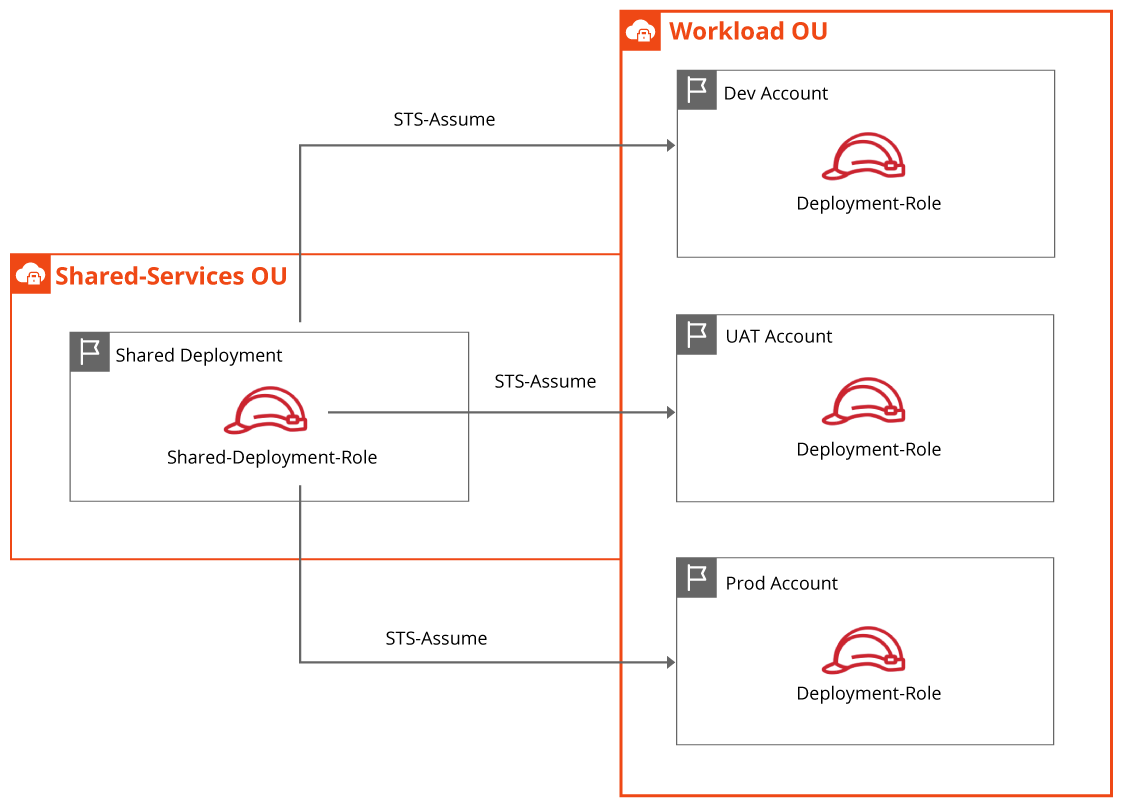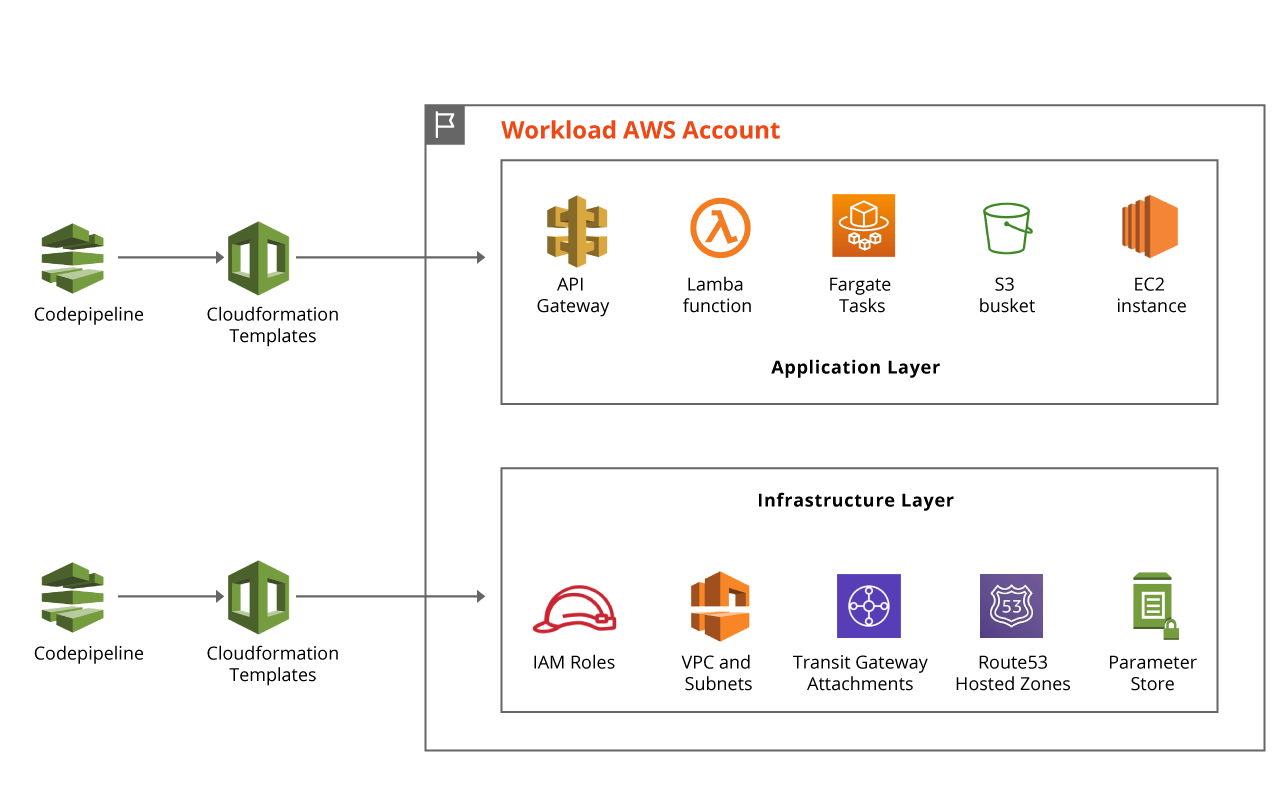HCP engagement in the new era
The engagement strategies for pharma representatives to connect with HCPs (Health Care Professionals) were already in a state of transformation. Covid-19 has only accelerated this process. With fewer HCPs now preferring in-person meetings and with the advent of new technologies, there has been a steady rise in the use of various digital channels like email, social, virtual connects etc. In the evolving landscape of medical engagement, a mix of approaches have emerged. The pandemic brought a big increase in using online and digital methods, especially video calls and emails. According to a 2022 research, before the pandemic, these methods made up only 3% and 14% of medical contacts with HCPs, but in 2022, they make up up 22% (7-fold increase) and 25%, respectively. All of these developments have compelled the drug companies to reimagine their engagement strategies, maintain a healthy relationship with the HCPs and use the right channels for making the required impact on the HCPs.
Personalization – The need of the hour:
With different technologies at their disposal and HCP preferences differing, pharma companies have realized that they have to change their marketing and engagement tactics to meet the engagement needs of each doctor. Each HCP’s expectation from the interaction is different and the education required for each of them is largely dictated by the patient cohort the HCPs serve. The same research highlights that a significant 61% of physicians pinpoint greater personalization as the key factor that sets apart and enhances the value of medical engagement. The interest points of HCPs differ and their response to channels differs. So does the response of HCPs to various incentives offered by pharma companies. For example, in one of the recent analyses executed using the Incedo LighthouseTM Platform, we found that the Pediatricians (PD) respond to nutritional rebates much more than their Non-PD counterparts.
Personalization, and sometimes hyper-personalization, therefore is the central theme of customer engagement across domains. HCPs now prefer to be connected to a digital platform of their choice e.g. mobile, email, social, call activity, etc. This behavior may differ across various HCP segments e.g. across therapeutic areas, affiliation, years of experience, and geography, apart from the patient cohorts they serve.
With response data now available to the drug companies, it is possible to derive insights on the HCP preference by various cuts such as segment, sub-segment, geography, etc. The HCP preference and behavior patterns shed light on how receptive they are to digital engagement. This data analysis is leveraged by organizations to analyze the context and content for a digital interaction to derive Next Best Action by answering critical questions related to the message and channel strategies.
- https://www.iqvia.com/-/media/iqvia/pdfs/library/white-papers/iqvia-medical-affairs-next-frontier-unlocking-omnichannel-engagement_dec2022.pdf
- https://www.iqvia.com/-/media/iqvia/pdfs/library/white-papers/iqvia-medical-affairs-next-frontier-unlocking-omnichannel-engagement_dec2022.pdf
By harnessing the Machine Learning capabilities of the Incedo LighthouseTM platform alongside the AWS Personalize solution, the process of automatically categorizing users based on their preferences in various HCP segments becomes seamlessly achievable. This intelligent user segmentation not only enhances engagement with marketing campaigns but also boosts retention through personalized messaging. Ultimately, such precision in targeting leads to an improved return on investment for your marketing expenditures helping pharmaceutical companies understand High Impact Channels using Incedo LighthouseTM with the power of cloud capabilities.
In one of the recent deployments of Incedo LighthouseTM at a pharmaceutical company, the client wanted to understand the most impactful channels for engaging with the HCPs. This was also driven by the CMO agenda to understand the profitable marketing channels. Understanding the segments and sub-segments of HCPs through the segmentation models powered by the Incedo LighthouseTM platform, analyses were done for different therapeutic areas. The marketing investment was translated into input variables specific to the channel and the impact was measured on the overall sales leveraging the regression models built and operationalized in the AWS Sagemaker integrated with Incedo LighthouseTM platform. The insights from the models developed on the cloud were used to derive the contribution of different channels on both the baseline and promotional sales. Using this, the ROI of various channels was determined. In this case, at a broad level, every marketing dollar spent gave an extra 40 cents as a return. Also, it was understood that among all the channels, digital channels were underinvested and the HCPs responded best to them.
The Incedo LighthouseTM platform helps you better connect with HCPs using tools like the KPI Tree and Cohort Analyzer. You can figure out which HCPs did not get enough attention but responded well, and which ones got too much attention without responding. By digging deeper into affiliations and hospitals, you get practical insights to create specific and effective strategies for better engagement with HCPs. What sets these models apart is their development, training, validation, and deployment via AWS Sagemaker, a cutting-edge cloud platform that amplifies the power of machine learning. This cloud integration not only ensures the robustness of the analytical tools but also underscores the commitment to harnessing advanced technology for optimizing HCP engagement strategies.
Incedo LighthouseTM goes a step further with advanced visualization capabilities by leveraging the cloud, allowing the generation of response curves for each channel and providing additional drill-down options. These features are crucial for simulating the performance of HCP cohorts and channels, helping to identify the break-even dollar spend. The integration of Amazon QuickSight into the platform transforms complex data into easily understandable visual insights, contributing to better decision-making and boosting operational efficiency in the pharmaceutical industry. By applying optimization algorithms from Incedo LighthouseTM pre-built accelerators and leveraging Amazon QuickSight, organizations can craft a channel strategy that optimizes HCP engagement across different mediums while minimizing investment.

















































